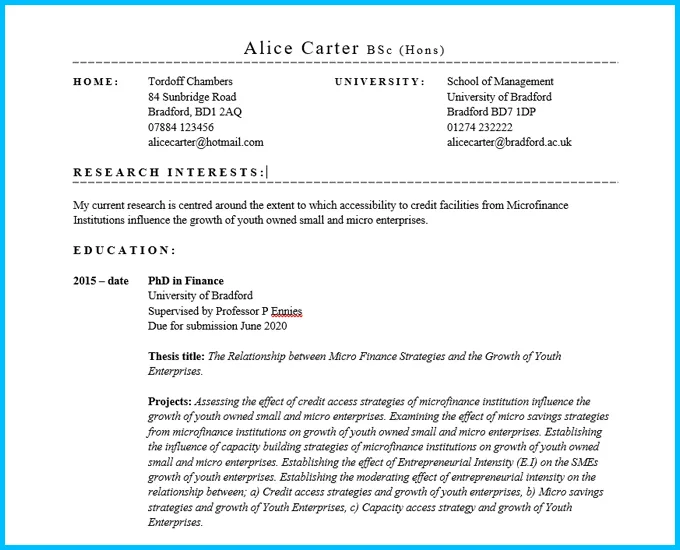
The curriculum vitae (CV) is a formal document widely used by researchers and scholars when applying for academic jobs. An academic CV details your educational background, professional appointments, research and teaching experience, publications, grants, awards, fellowships, and other key achievements.
Your academic CV is not a resume you’d use to apply for a job outside of academia. As its aim is to demonstrate your academic experience and achievements, it consists of several additional sections.
A good academic CV template should include the following sections, from top to bottom:
What if you’re at an early stage of your academic career and, for instance, have no teaching experience or fellowships to showcase yet?
Just skip these sections that are not applicable for your CV. Include the remaining ones in the order listed above.
You might have noted that, all over the Internet, there are thousands of recommended academic curriculum vitae templates with differently ordered sections. Why is the one suggested above the best of them?
Because it focuses on what’s most prestigious and competitive. It helps you validate your worth as an academic candidate in a flash.
Here’s some food for thought:
Many applicants choose to put their Teaching and Research Experience sections above Professional Appointments and Publications, but it really makes little sense.
Why? Simply because getting a regular academic contract or getting published in a peer-reviewed journal is harder to achieve and more competitive than just teaching or doing research.